Guarding the sands of the West Coast
While The Song of the Whale continues it’s voyage to St Kilda I find myself back in Taigh Chearsabhagh to have another peruse of Ian Stephens exhibition as well as a post trip chat with Andy. Sitting in the café, an elderly gentleman strikes up a conversation that initiates from a minor technological struggle that I have with my dictaphone. Conversation quickly moved on to Island religions, to Islander generosity and to the familiarity of faces in the café. Stories flew and before I knew it we were onto the beaches of the west coast during the Second World War. He tells me, “they were banned from the beach, school children you know”. I didn’t. He fills me in.
During that time period, when the seas were laced with mines and ships were sunk along with their cargos, all manner of objects and indeed resources were washed up onto the sandy shores. I am told of whole crates of butter, “fine to eat, you just had to scrape the skins off’. Not to mention the jackpot prize of a tobacco crate that kept one islander stocked for nearly the rest of his life. In amongst these prizes however, mines were also found, sometimes with tragic results.
“But you’ll like this one” he continues in a thick Scottish accent. Often, along with boat parts, food and mines, bodies would also find their way to the beach with the tide. On one such occasion two local lads, one very quite and the other a little mad, made their way to the beach to see for themselves. As they emerged onto the sand and approached the body, they saw it rise, first crouching, then standing, and then turning. They ran. Back to the village, to tell of the war victim that had arisen from the dead. On the beach, standing over the body he had been examining, the doctor was left chuckling quietly to himself.
But amongst what was clearly, at the expense of the two lads, a moment of mirth, were the more serious safety issues posed by this assortment of debris. As a child in the war, my informant was banned from the beach. His father was the man in charge of noting and dealing with the fragments of wreckage that landed on local shores and when he died, my informant, then aged 22, took over the role. The legacy of war time debris that littered the sea and with it the shores of the islands, it seems lived on well past the wars end. “Still now”, I am told, things sometimes get washed up.
Still now. My mind drifts to the seaweed workshop and the consideration that seaweed might be a viable resource for biofuels. But with the recognition of this resource, we might say the role of those guarding the sands of the western shores has been inflected. No longer do a brave handful of islanders protect the community from dangerous debris. Rather today, we find scientists exploring the possible effects of seaweed removal on the wider ecosystem, in a sense, potentially guarding the western shores from us.
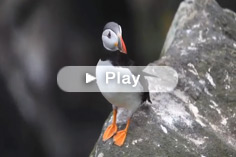


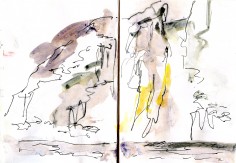
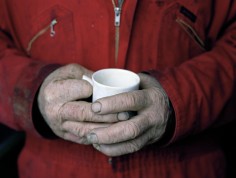
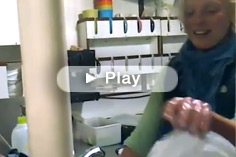


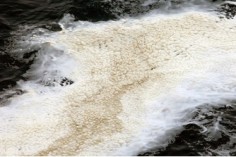
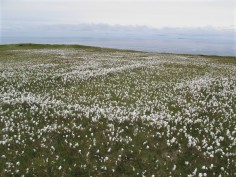

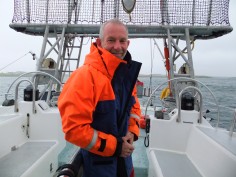








No Comments